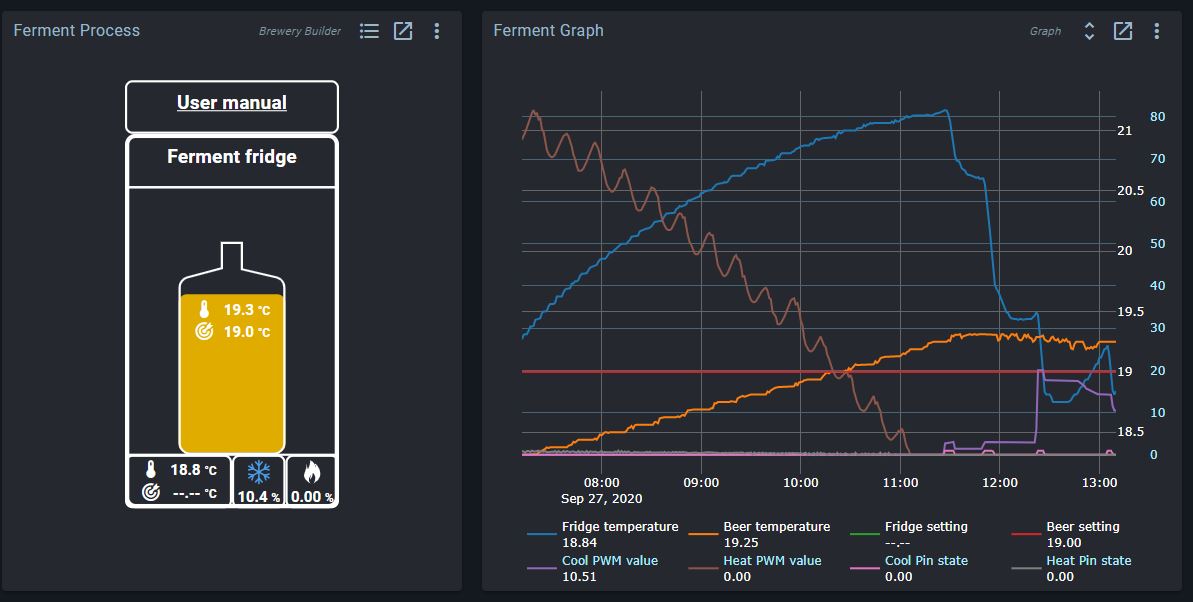
After the 6 months period, all the odd release numbers (9, 11, 13, 15, etc.) move to the state of Unsupported, while even releases (10, 12, 14, etc.) are promoted to Long Term Support (or "LTS"). The idea is to give library authors the time to test their compatibility with the new release and do any necessary change. Stable (or Current): every new major Node.js release is considered "Current" for the first 6 months after the publish date.

LTS and stable releasesīefore moving on and exploring all the different installation options, it is definitely worth spending few words to learn about the types of release the Node.js project maintains. The second place (actually very tight with the third one) is the official installer, followed by a system package manager and, last one, installing Node.js from source.

It seems quite obvious that people in my network, mostly fellow software engineers, prefer to use version managers such as nvm or n. In this poll I asked how you prefer to install Node.js and provided 4 options: For this reason, I run a poll on Twitter.

Let's get started! Which option should I pick? Along the way, we will try to disclose one or two tips to get you even more productive with Node.js! We will see how to install Node.js using the official installer for various platforms, how to use a Node.js version manager such as n or nvm and, finally, we will also see how to compile and install Node.js from source. In this article, we will explore some of the most common ways to install Node.js in your development system. Published by Luciano Mammino on Thu, 18:30:00 GMT


 0 kommentar(er)
0 kommentar(er)
